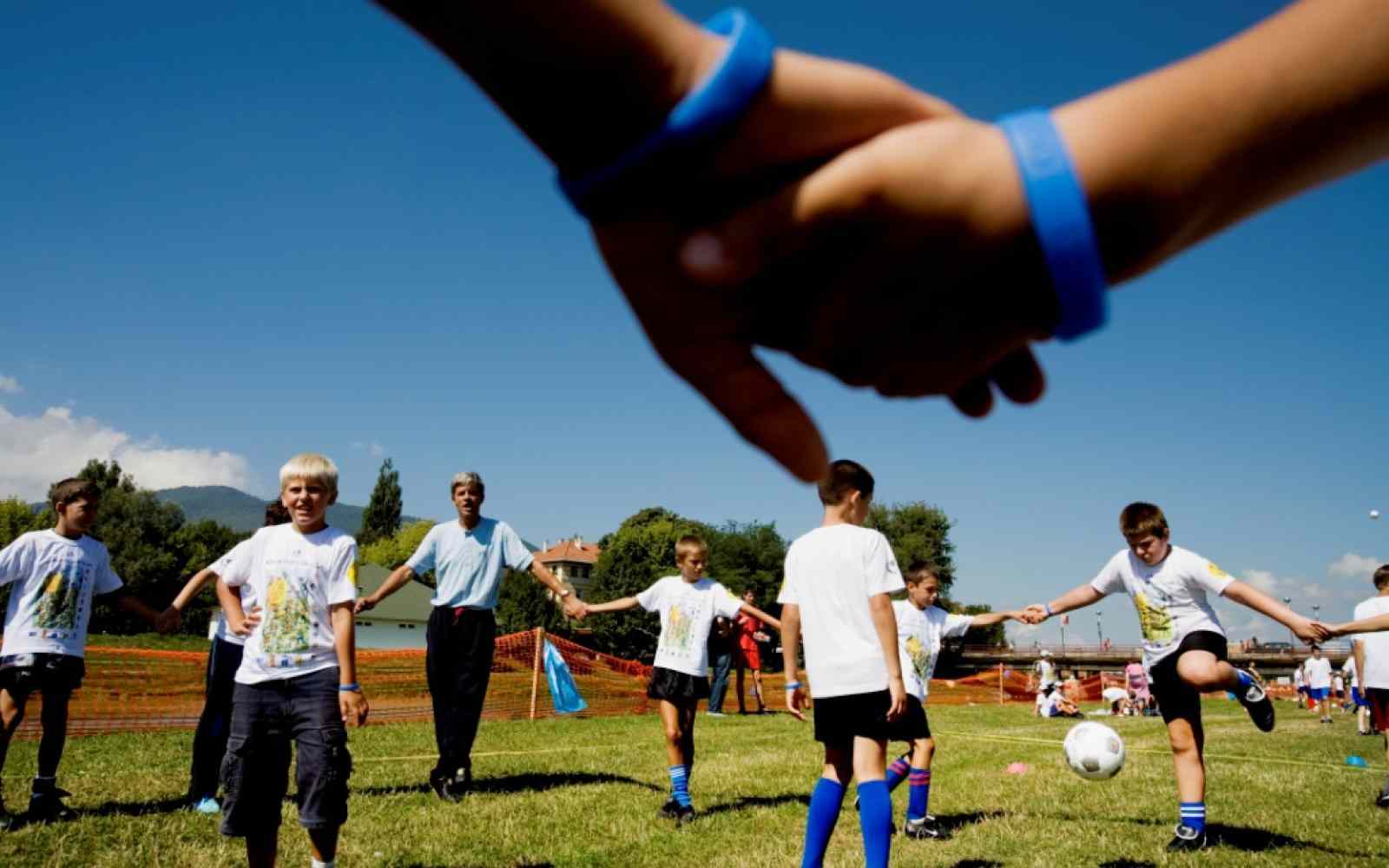Who you choose to be on your team will define your success in life, in your work, in your relationships.
Most of us tend to pick a team of people (or join a team) with similar backgrounds, or who we like working with, or who have similar strengths. While there is nothing wrong with that, surrounding yourself with completely uniform team members can stunt your professional growth. People who are just like you will not push you to see beyond your biases, grow new perspectives or help complement or expand your abilities.
Help Everyone on your Team See Their Super-Skills
At least once a year, the Ashoka U team does a “Gratitude Exercise” where we answer a series of questions about each other in the mode of positive inquiry. Questions range from “How has this person most surprised and impressed you?” to “Name this person’s super-skill” or “What is the next area of growth/mastery for this person?”
The Gratitude Exercise is a phenomenal way to help everyone on your team feel valued and appreciated. It also gives them important and rare feedback on what makes them unique. We spend several hours investing in writing out peer-to-peer assessments of everyone in our team and sharing them in both verbal and written form to help them see their uniqueness more clearly. Most people on the team keep the written notes and refer back to these insights to help build their personal brand and confidence over time.
Click here to download a sample Gratitude Exercise you can use for your team.
Value Difference to Strengthen the Team
Once you see unique skills on the team, through the gratitude exercise described above, or through 360 reviews, personality tests, etc., then you can leverage diversity as a strength.
Here are four tips to leverage individual differences into a cohesive team:
- A United Vision. Having a baseline value system and common goal is essential to bringing your team together. This should transcend your organization’s mission statement – it’s about a common belief system you all share. With Ashoka U, it’s our values tied to impeccable work ethic, a no-drama attitude, a strong appreciation for the team and collaboration, and a drive for social impact.
- Defer to the people who are best in certain situations. Our entire team is aware of each other’s content and skill expertise, allowing us to streamline our decision-making by relying on the “expert” team-member to decisively and thoughtfully deal with it in an elegant and efficient fashion. This is not as easy as it sounds – in addition to everyone having a clear understanding of individual expertise, it is critical to maintain clear and rapid lines of communication in order to know when to pass a task or challenge to a colleague with a different skillset.
- Don’t surround yourself with Yes. If you aren’t hearing “no” from time to time or aren’t getting pushback on certain decisions, you aren’t surrounding yourself with the right team. The most successful leaders are not afraid to hear when they are wrong. Before making a key decision, run it by other team members and ask their opinion. Don’t look for just a yes or no answer, but also ask why. Why do they agree or disagree with you? Although you may both arrive at the same conclusion, it may be for very different reasons.
- Learn how to communicate across personality types. For those of you familiar with Myers-Briggs, the way a “Thinker” versus a “Feeler” or a “Sensor” versus an “Intuitive” would communicate and think is incredibly different. While it can be easy to remember that people have different skillsets and strengths, it can be harder to remember that our communication styles and preferences can also vary greatly. Having an honest conversation about where people fall can be extremely eye-opening and beneficial.
Setting the Tone and Building a Supportive Culture
In some organizations there is a hierarchy that “engineers” are more valuable than the “marketing” side of the house. Or the “analysts” are more valuable than “operations.” The reality is that it takes many sets of skills to make a team or an organization work in a beautiful, collaborative manner. Reinforcing a culture of equal value and accountability will culminate in a high-performing team.
What is incredible is that the whole Ashoka U team is very different and covers every end of the spectrum for the personality types. It has definitely been a long journey to learn how to communicate with different styles, ensure we value each other and make decisions collaboratively when our brains operate so differently. But it can be done, and it’s totally worth it for the positive influence we have on each other, and the significant impact that diversity brings to the quality and originality of our work together.
This article first appeared on our Ashoka U blog.
